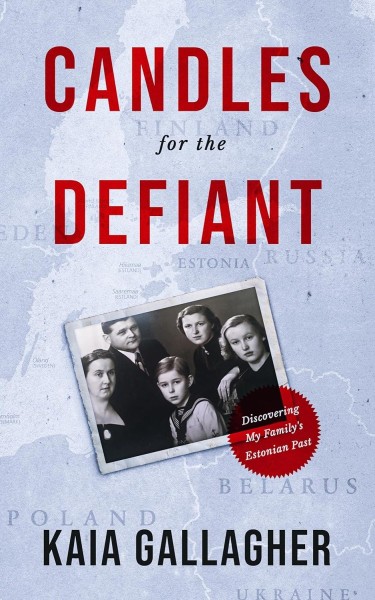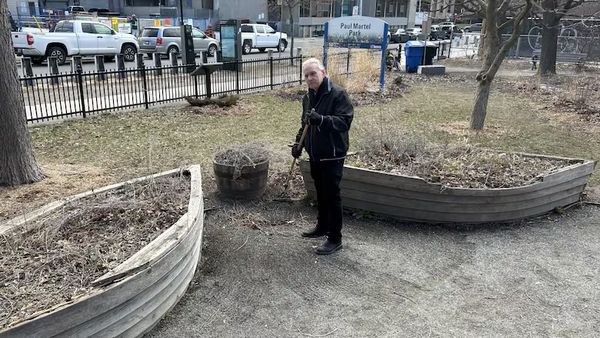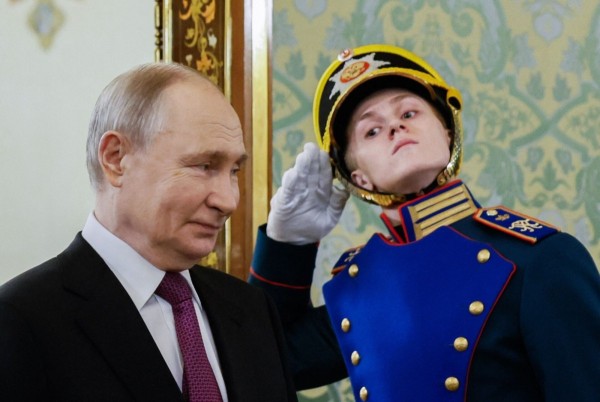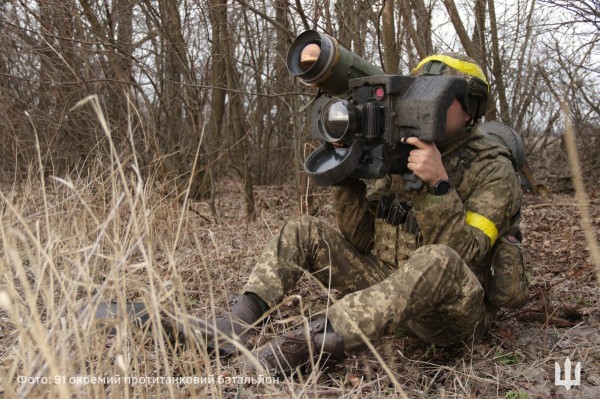From a Canadian perspective, Lakewood, New Jersey and the neighbouring townships in Ocean County, have a unique role for Estonians in eastern North America. The Canadian connection is re-established every summer during the ,,Estonian Games” – the famous Sports Week-end. The community connection to Canadian-Estonians was recently reinforced by the invitation extended to performers from Toronto to highlight the celebration on Sept. 2 and 3.
Lakewood’s location and viable real estate have provided a connection to other Estonian associations in the US. Over half a century, the area has become an Estonian centre for sports, youth, historic archives and entertainment. These are all meaningful characteristics for a long-term exile community which has its Estonian roots dating back to the pre-war period. Mind you, global Estonians are asking now: what happens next? The exile has been over for twenty years. While considering that question, they still feel a need to cement the past in order to maintain a strong foundation for the future, whatever it holds.
We should consider other centres in the US and Canada as well before we return to Lakewood. Baltimore, Montreal and New York had earlier Associations or Societies, as they were ofter called, in the pre-war years. Estonian society in pre-war New York could be the subject of a dramatic film such as the ones that are being currently produced in Estonia.
In fact, a lot has been recorded about Estonian ,,societies” being formed globally: San Francisco 1904 (Music Society), Paris 1906, Sydney 1912, Shanghai 1919 and many more later on. Philadelphia fits in there somewhere. While this ignores the 19th Century treks by Estonians to the Crimea and Siberia and earlier settlements in Sweden, North America is of particular interest because of the separation by two oceans from the tiny mother country. Estonians still shake their heads in wonder at the 19th Century settlements in Montana and South Dakota as well as the establishment of subsequent communities in Alberta (then North-West Territories).
Advertisement / Reklaam
Advertisement / Reklaam
Back to Lakewood. A witness to its early connection to Estonians is none other that the honorary consul-general of Estonia in Canada, Laas Leivat, who declares that his uncle settled in Lakewood in the early twenties. Many Estonians settled there in the thirties, almost exclusively from New York City, where an active community had already formed. A young newlywed couple, Konstantin and Martha Lacht in 1933, played a significant role in community history, having donated the land where the current Estonian House stands. Among its earlier inhabitants, the Lakewood community boasts two of Estonia’s historic diplomats. Consul Johannes Markus, representing the Republic of (independent) Estonia in Canada beginning 1959, was a pre-war inhabitant of Lakewood as was Johannes Kaiv, Consul-General in New York and in charge of legation (chief diplomatic representative of Estonia in the US).
What surprised me was a reference to Lakewood having an Estonian , ”society” in 1904 by the music historian Avo Hirvesoo in his book “Kõik ilmalaanen laiali” (“All Over the Globe” – tr.). Since this fascinating book provides no footnotes or bibliography, more research is in order for that tidbit of information.
Estonians in Canada regard the Lakewood community as an Estonian expression of self-reliance but also of co-operation. Co-operation here refers to communication with other communities and vice versa. The ever-popular Sports Week-end in early August, referred to earlier, though originally organized by the Lakewood community, was taken over in 1970 by an Estonian athletic league in the US (the Estonian American Amateur Athletes in USA, Inc.). While many sports events are organized by this league at different venues, the Lakewood connection remains strong. The summer event still brings in a few hundred people and always a contingent from Canada, earlier participation of thousands notwithstanding.
The Scout Jamborees in Lakewood are certainly an expression of co-operation in that the organizing impetus is shared by Estonians in the eastern US from Connecticut to Baltimore, with major input from New York, including Long Island. Much of the work on the permanent buildings on the camp grounds, however, was on a local volunteer basis.
Advertisement / Reklaam
Advertisement / Reklaam
The famous Estonian Archives in the US (EAU) in Lakewood has added to Lakewood’s renown in the Estonian global community. Well-respected academics have been associated with its development. Although many of its significant materials have been moved to Minnesota, it will continue to be active along with the soon to be established Museum of Estonia Abroad (VEMU) in Toronto. The self-reliance tag for the community came from the spirit of entrepreneurship demonstrated by its residents. This extended from poultry farms established in the thirties to three pubs owned by Estonians in the forties and fifties. While the Estonian House waited a decade for its alcohol permit, one of these, the neighbouring Alligator Inn, became a popular watering-hole for the younger generation for many years.
The community feeling among Lakewood Estonians has expressed itself via the economic high-achievers giving back to the community. The Estonian Clubhouse was completed in 1947. As the number of Estonians eventually increased to over a thousand, additions to the building had to be made in the 70’s to accommodate larger gatherings and theatre productions by the well-known Lakewood Estonian Theatre troupe. The design and erection of a beautiful Estonian Lutheran church in the early 60’s remains a source of grateful satisfaction. The younger generation of the early achievers continues to contribute in its own way.
In terms of entertainment, Lakewood has provided a venue for performers, including folk-dancers and modern gymnasts (typically Estonian) from many Estonian communities. Just the same, two of Lakewood’s own, Heinz Riivald and Harri Verder, used to be among the most popular Estonian singers in North America, with many albums, concerts and theatre performances to their credit.
Currently, Lakewood’s central role in entertainment is enhanced by event organizers who invite Estonian musicians from the mother country. Among this year’s performers was the premiere pop-singer from Estonia, Maarja-Liis Ilus, whose illustrious predecessors include Katrin Karisma, Tõnu Kilgas, Erich Krieger, Ivo Linna and Hanna-Liina Võsa. Among invitees from Estonia have been leaders of youth movements in Estonia at the scout-jamborees.
Advertisement / Reklaam
Advertisement / Reklaam
So what happens next, we keep asking, whether in Vancouver, Los Angeles, Chicago, Baltimore, New York or in communities in Australia, Sweden and elsewhere, even in Toronto? The exile is a memory of past struggles, of sweat, toil and love. The future seems to be a question of maintaining the heritage and reshaping the potential for generations to come. The answer thus lies in keeping the past secure, mapping the years ahead and learning to work with the talented younger generation in Estonia that the Lakewood community seems to be intent on fostering. (for references, contact ajraudsepp@aol.com)

























